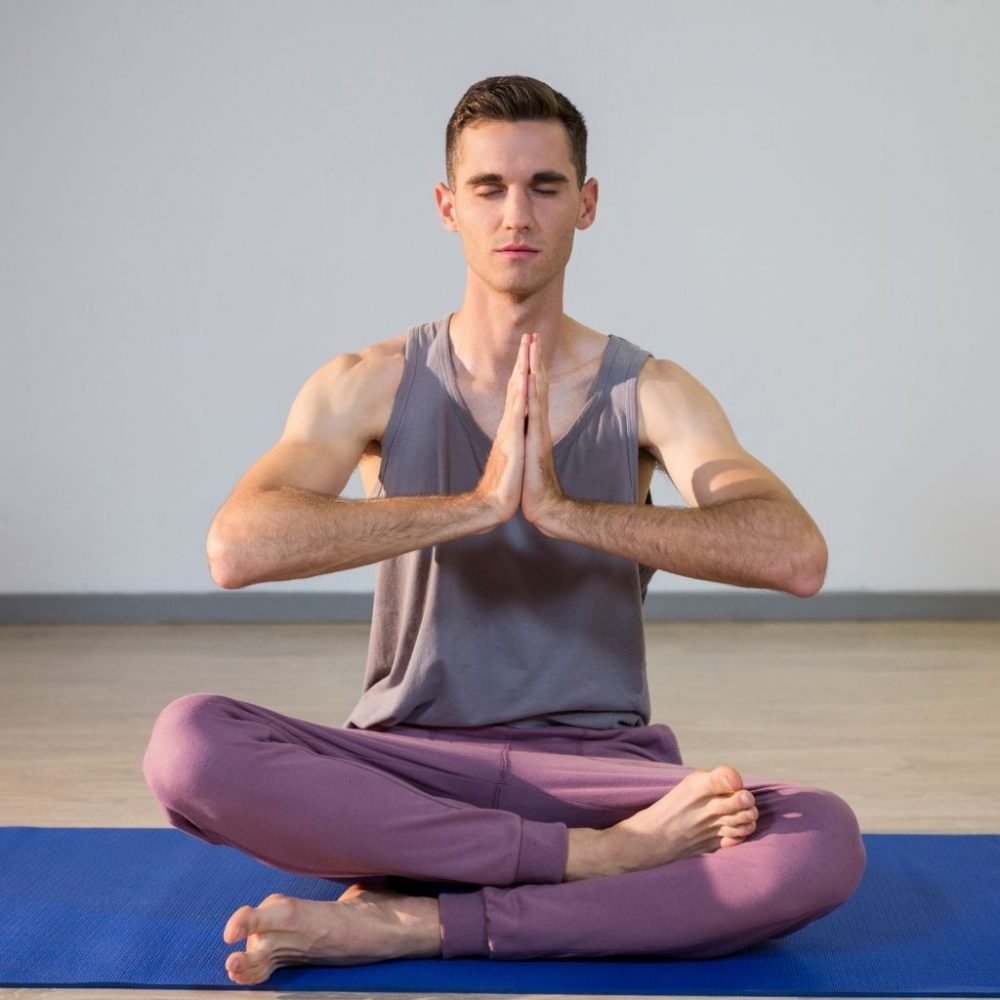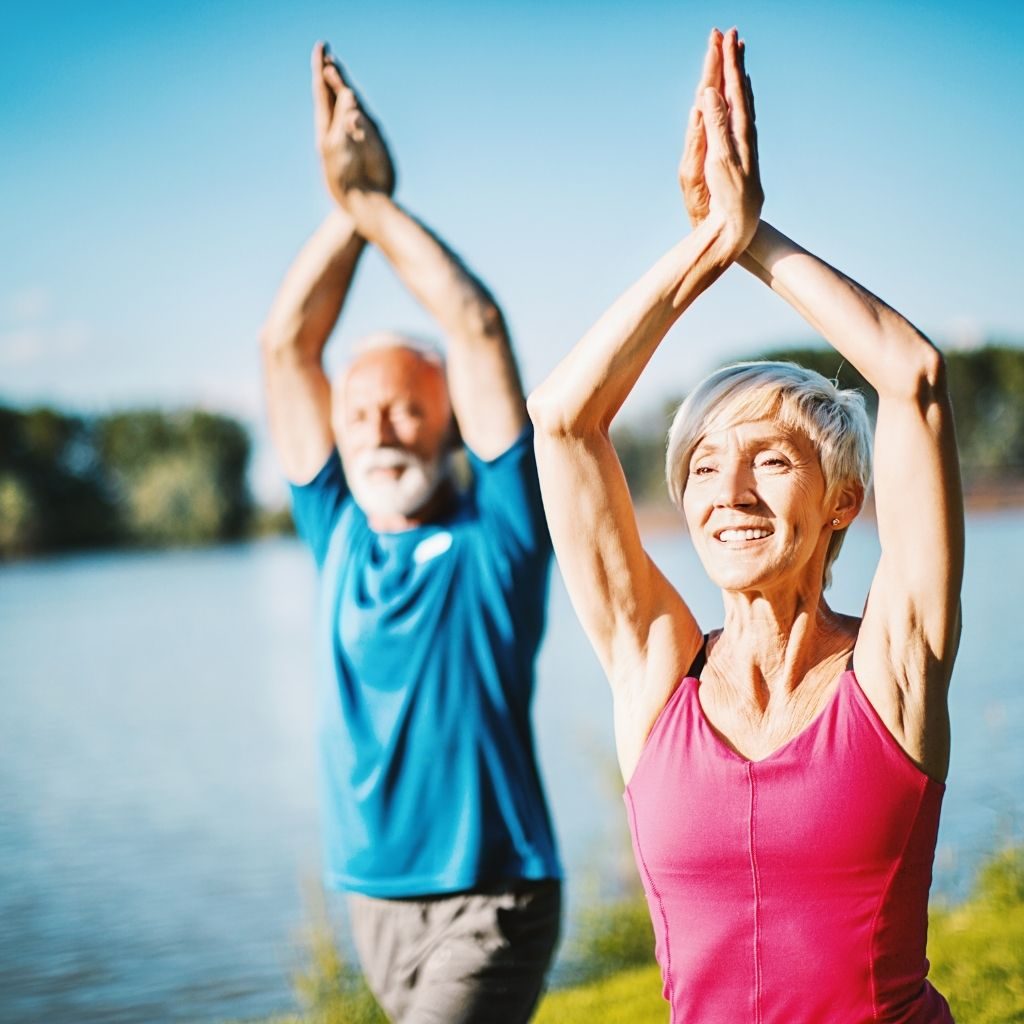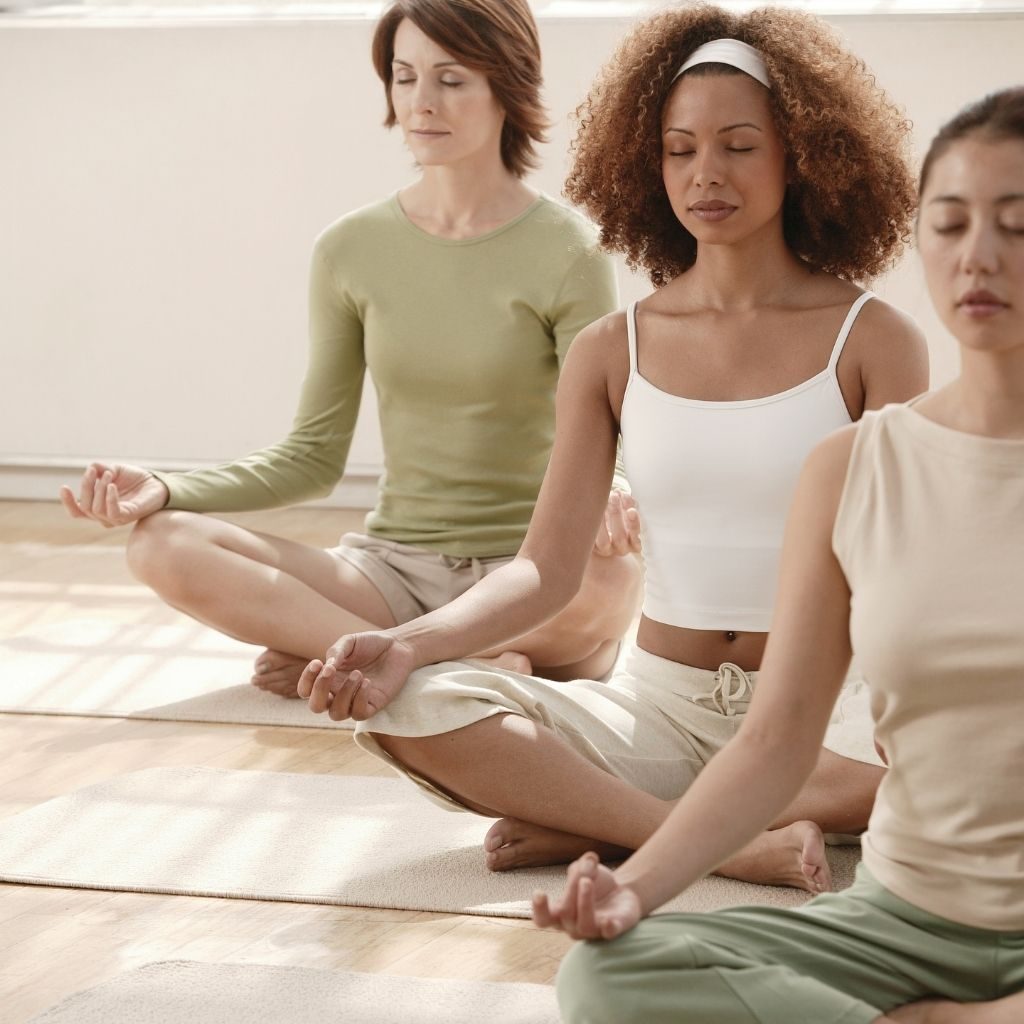What are The Most Overlooked Aspects of Yoga?
Yoga has become a mainstream practice globally, with different people choosing several aspects of it as it works for them.
Yet, there are many aspects of yoga that are overlooked.

The most overlooked aspects of yoga include its anti-aging benefits, the amount of breathing involved and interior evolution involved in the practice, and the number of style variations, including but not limited to Hatha, Kundalini, Bikram, and Ashtanga.
Yoga is more than physical exercise; it’s a holistic practice that connects the mind, body, and spirit with the power of transforming an individual’s life and helps them find a stronger connection to everything that is.
This article will show you some of the most overlooked aspects of yoga and what you may miss if you are unaware of them.
Yoga is more than physical exercise
Beyond the physical exercise, the regular practice of yoga awakens natural energy in your body that aligns with your mind and spirit. Yoga is a collection of practices that influence all aspects of a human’s life: from meditation to breathing exercises to ethical life choices to physical fitness. It is a system that embodies everyday life.
Yoga is an ancient practice that started in northern India about 5,000 years ago. ‘Yoga’ is derived from the Sanskrit word ‘Yuj,’ which means ‘to unite”. It is a spiritual-based discipline focused on the union of the mind, body, and spirit.
Yoga is not just a physical exercise; yoga is a way of living. If you spend a few days at a modern yoga studio, you may not be aware of this.
The perception of Yoga being a physical activity is due to the importation of yoga to the West, especially in the late 1940s.
The aspect of yoga that gained prominence is known as Hatha Yoga. It is a body-centered exercise that comprises poses, breathing, and body gestures to strengthen the physical body.
For example, yoga poses like Hero’s pose and Lateral bend can help you practice mindfulness.
Through focusing on your breath and body and ignoring the distractions in your environment, you can train your mindset to focus more on what is essential to your present life.

Yoga has anti-aging benefits
Yoga offers cheap and straightforward anti-aging techniques that reduce stress, enhance relaxation, and give your body a natural glow through daily Asanas and pranayama practice.
Stress has been identified as the cause of aging fast through the flow of harmful elements to our body and mental health. Fortunately, yoga helps with stress reduction.
With yoga, you can reduce your cortisol levels and restore the parasympathetic system, which spurs relaxation.
Additionally, because yoga enhances overall wellness, its practice keeps your digestive, endocrine, lymphatic and circulatory systems healthy and functioning.
Daily routine sessions of pranayama and Asanas can help you transform your body and give you a natural glow on the outside.
Today, many people are looking for ways to look younger. But, unfortunately, the hustling and bustling of our daily life can make you age quickly, so people are constantly seeking ways to slow down the aging process.
Wanna know more? 👉 Here Can Yoga Extend Your Lifespan?
Yoga makes the mind more flexible than the body
As you gain more control over your breathing and body, you will realize how much your mind has become more flexible. From boosting your concentration to sharpening your focus, yoga can create mental clarity that allows your mind to remain calm and relaxed.
An example is the observation of complex asanas like the goddess pose and the Cat-Cow pose.
The goddess pose helps you connect to your mind and harmonizes your thoughts.
The Cat-Cow pose enhances focus and boosts your concentration. It is a very powerful asana to improve your mind’s flexibility.
The focal point for many people when they start yoga is to have a flexible body. Indeed, when you start yoga, your body experiences noticeable changes in terms of flexibility.

Yoga can help you find your purpose
Practicing yoga is a life-changing experience. It expands your mind and body, allowing you to assess your thoughts and desires, leading to solid self-awareness. Besides yoga’s prime objective to awaken a spiritual realization, it also recognizes physical existence and finding meaning in life.
Yoga gives you a commanding sense of purpose by fueling your desire to be the best version of yourself.
When you practice yoga regularly, your eyes and mind open up to the environment around you. It makes you connect your individuality with the existence of others.
As you submit to each yoga pose, allowing your body to take charge, your mind learns to explore limits and exceed boundaries. Through that process, your mind, body, and spirit are unified.
As a result, you begin to evaluate yourself, understand how life works, and find clarity of purpose.
How you breathe actually matters (a lot)
Conscious breathing is an essential aspect of yoga that cuts across different poses. Breathing helps you navigate different poses, allowing a flow of sequences. It enables the movement of energy, prevents injury, and makes your body relaxed.
Breathing is an important aspect you must master to get the best out of yoga.

There are many types of yoga
There are over ten types of yoga, including Kundalini yoga, Bikram yoga, Vinyasa, Ashtanga, Hatha, and more. If you are already practicing yoga, you may be practicing just one style of yoga.
There are many types of yoga. Some of them, you probably don’t know they exist. So here are some of them.
Kundalini Yoga
Compared to other styles of yoga, Kundalini yoga has a more philosophical and spiritual approach. It is a series of fast-moving poses that compels you to pay attention to your breathing.
The kundalini yoga classes can include breathing techniques, chanting as well as meditation.
Bikram Yoga
Bikram yoga comprises 26 basic postures and two breathing exercises. It is set in a heated room designed to make you sweat. The room is usually set to 105 degrees and has 40% humidity, and must be taught by a Bikram-certified instructor.
It loosens joints and muscles, making it easy to perform poses and make the body more flexible. It also helps you build bone density and reduce blood glucose levels.
Vinyasa Yoga
Vinyasa yoga is defined by its stringing of poses that involves transitioning from one move to another combined with seamless use of breath. It is an ideal cardiovascular workout and helps with stability and balance.
It helps with lowering anxiety and stress levels.
Ashtanga Yoga
Ashtanga yoga has six levels of seated poses and standing poses that synchronize breaths with movements. It is a rigorous style consisting of a primary series, a secondary series, and four other advanced series. Its practice focuses on introspection.
Hatha Yoga
Hatha yoga is one of the most popular types of yoga. It emphasizes controlled breathing and building of core strength which is crucial to attaining good posture.
Hatha classes for beginners are slow-paced with a series of simple movements. In contrast, the advanced classes involve complex ashtanga poses.
Conclusion
Aspects of yoga such as the importance of breathing, the different types of yoga like Vinyasa and Hatha yoga, and how it makes the mind more flexible are often overlooked. Yet, they are essential aspects that have tremendous benefits.
Whether you have been practicing yoga or just considering it, these overlooked aspects are integral parts of yoga you should have in mind.
Yoga is an immensely beneficial system that can transform your overall well-being.
Read also:

